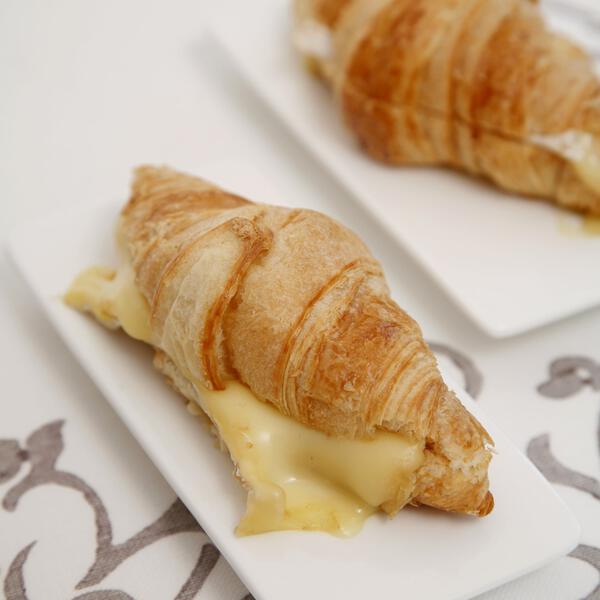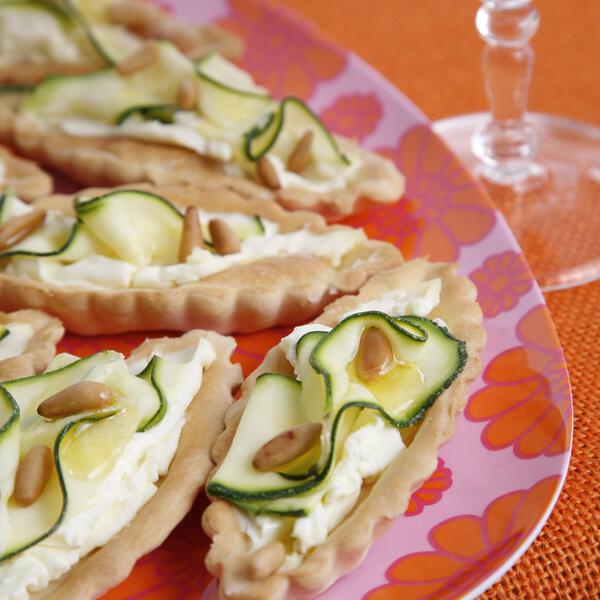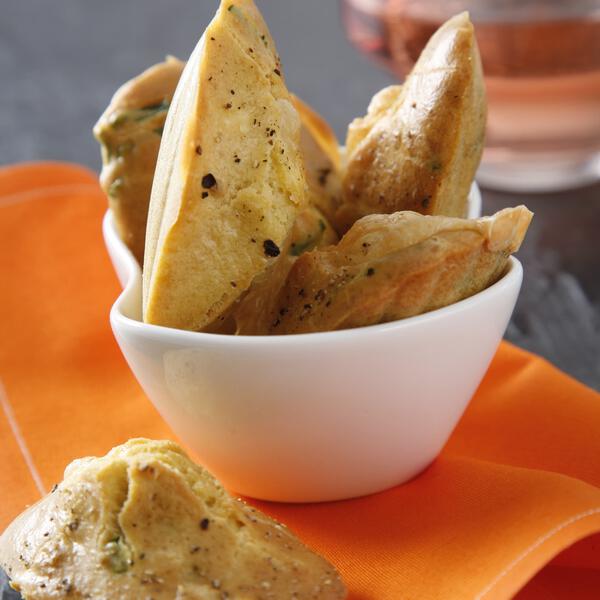Cinsault de France
Wines color
Taste profile
Sweetness
Body
Acidity
Tannins
Alcohol
Table of contents
Wines produced
Occasions
Wine pairing
Cinsault de France is an impressively versatile wine. It is the best friend of all Mediterranean cuisine. From ratatouille pizza frutti di mare, it also pairs harmoniously with lamb cooked in rosemary, marinated vegetables and grilled fish. Virtually inseparable from olive oil, Cinsault de France is the very epitome of a delicate, fruity rosé
Main food pairings:
- Pasta and Rice with meat or poultry
- Pizza and Tex Mex
- Paella and Tapas
- Thai and Chinese Cuisine
Aperitif ideas
Medal winners
Encyclopedia
Origin
In all likelihood, Cinsault is originally from the south, and more specifically from the region between Avignon, Aix and Marseille.
Aromas
Cinsault is also a charmer through its non-aggressive, soft, fruity aromas. The main notes encountered are peach, raspberry, gooseberry, pomegranate, strawberry and nectarine.
Wines profile
By limiting Cinsault’s yield, wine growers obtain wonderful wines of great personality that are rich, full-bodied and lush. Behind its brilliant, rose-petal color lie fruity notes. Wines made from Cinsault are at their most seductive when young. They are lively and full-bodied on the palate. When blended with Grenache, the strength of Cinsault’s alcohol is tempered. When blended with Carignan, its bitterness is attenuated.
Cultivation areas
It is grown as a secondary variety in southeastern France, i.e. in the main valley near Montelimar, the area between Avignon and Aix, and the southwestern Mediterranean coast. It is also grown in Corsica.
Precocity
A Mediterranean variety by excellence, it is considered as a late variety, which requires sunlight and heat to reach peak ripeness. It ripens 3 weeks after Chasselas, the benchmark. This makes Cinsault a Period II variety. It also buds late, generally 9 days after Chasselas.
Vigor
Cinsault is a fertile, productive grape variety whose yield must be limited in order to obtain high quality wines. This is even more necessary when the soil is deep and fertile. Cinsault is not a very vigorous variety, however, and its branches are small in diameter. A drooping vine, it should therefore be pruned short.
Soils
In order to control its productivity and obtain high quality wines, Cinsault should ideally be grown in poor, dry soils. However, excessive limestone can disturb its metabolism and provoke chlorosis. On good soils with low fertility, (schist, for example) and at low yields, Cinsault makes fruity, pleasant, soft wines, namely excellent rosés. It is the star grape variety for production of rosé wines in the Mediterranean area.
Climat
Cinsault is a southern grape variety that is suited to hot, very sunny terroirs and is highly resistant to drought. Its slow ripening period makes it suitable for coastal terroirs, where temperatures are high at the end of the cycle.
Susceptibility to diseases and pests
Cinsault is susceptible to wood diseases (esca and eutypiosis), mites, grape berry moths and gray mold. However, it is only moderately susceptible to oidium.
Use
Cinsault is mainly used to produce wine. It is also a table grape, known in French as œillade.
Descriptive elements
Cinsault can be recognized by its young shoots, whose tips are densely covered with flat-lying hairs. Its adult leaves are orbicular with 5 lobes, with a rather deep petiolar sinus that has a V-shaped base. On the lateral lobes, the teeth are long in relation to their width at the base, and they have a rectilinear side. Sometimes, they have one concave side and one convex side. The leaf blade is slightly involuted, particularly near the main lobe. On the underside, there are sparse flat-lying hairs and a moderately dense coat of upright hairs. Cinsault’s bunches are large and its berries are very large.
Clonal selection in France
The twenty-one approved Cinsault clones (specifically named Cinsault N) are numbers 3, 4, 5, 67, 91, 92, 103, 104, 252, 253, 254, 255, 256, 257, 258, 259, 260, 261, 320, 321 and 322. A conservatory of one hundred clones was planted in the vineyards of the Var in 2006.
Map of France
Cinsault originally comes from southeastern France between Avignon, Aix and Marseille, is grown along the entire Mediterranean coast, from Perpignan to Nice. France is the world’s foremost producer of Cinsault.











